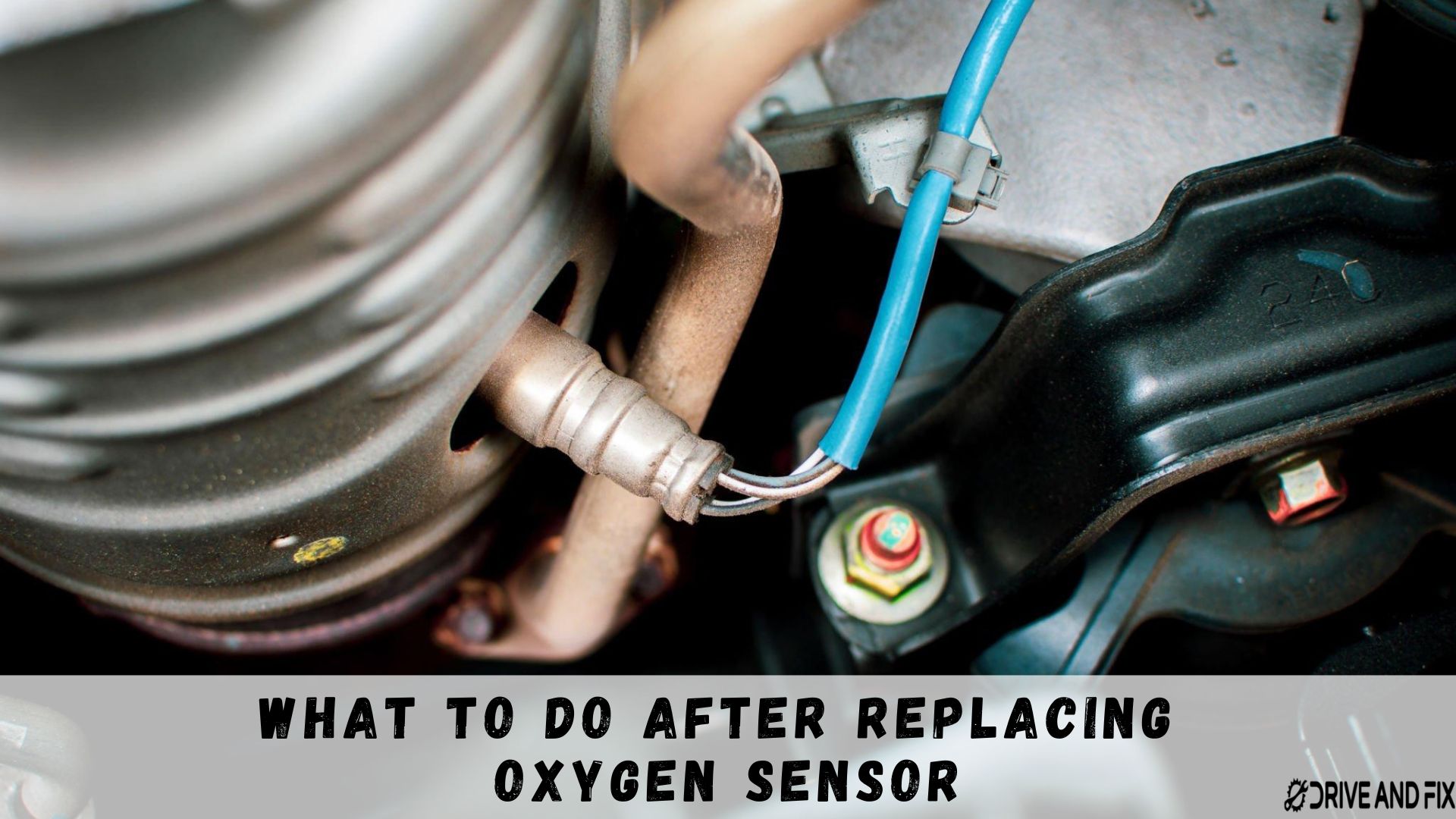Replacing the oxygen sensor in your car is an important task that helps ensure proper combustion, improve fuel efficiency, and reduce harmful emissions. But what to do after replacing Oxygen sensor?
What is an Oxygen Sensor?
Before we get into what you should do after replacing an oxygen sensor, let’s first understand what it is and how it works. An oxygen sensor is a small device that is located in the exhaust system of your car. The function of an oxygen sensor is to detect the level of oxygen present in the exhaust gases and transmit this data to the engine control unit (ECU) for processing.
The ECU then uses this information to adjust the air-fuel ratio to ensure proper combustion. This is important because if there is too much oxygen in the exhaust gases, it means that there is not enough fuel being burned. This can lead to poor performance, reduced fuel efficiency, and increased emissions.
Signs of a Failing Oxygen Sensor
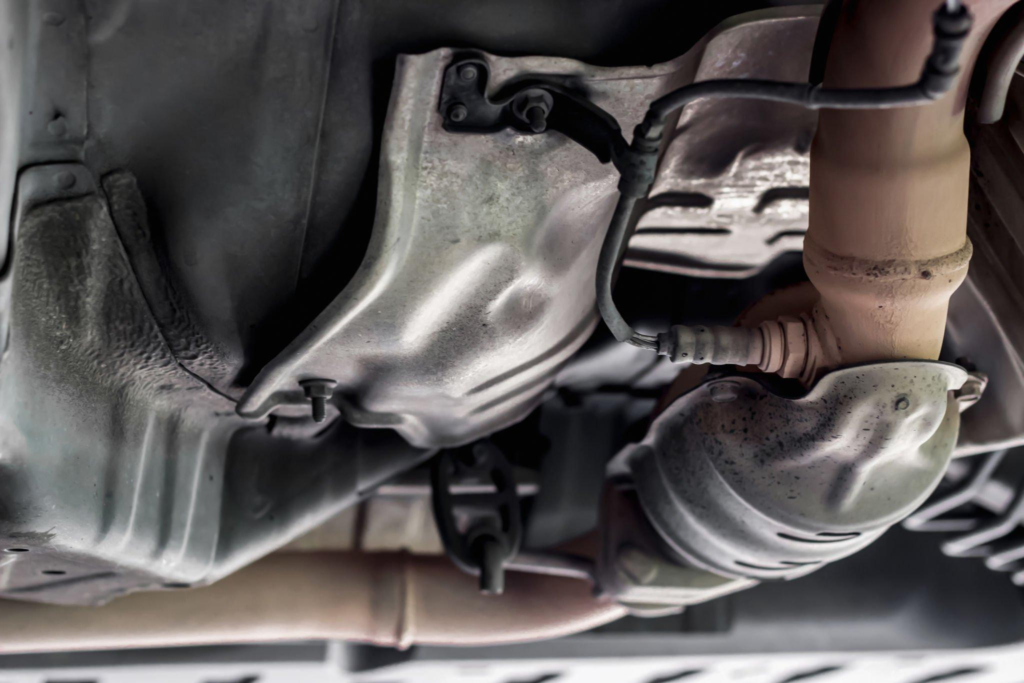
A failing oxygen sensor can cause a range of problems with your car, including poor performance, reduced fuel efficiency, and increased emissions. Some common signs of a failing oxygen sensor include:
- Check Engine Light: The most obvious sign of a failing oxygen sensor is the check engine light coming on. This is because the ECU has detected a problem with the sensor and has stored a diagnostic trouble code (DTC).
- Poor Performance: If your car is running rough, hesitating, or stalling, it could be a sign of a failing oxygen sensor. The reason for the poor engine performance is due to the inaccurate data about the air-fuel ratio being received by the ECU. This occurs when the oxygen sensor fails to transmit precise information.
- Reduced Fuel Efficiency: A failing oxygen sensor can also cause reduced fuel efficiency. This is because the ECU is not able to adjust the air-fuel ratio correctly, which can lead to more fuel being burned than necessary.
- Increased Emissions: Finally, a failing oxygen sensor can also cause increased emissions. This is because the ECU is not able to adjust the air-fuel ratio correctly, which can lead to more pollutants being released into the environment.
How to Replace an Oxygen Sensor
Replacing an oxygen sensor is a relatively simple task that can be done at home with the right tools. Here’s a step-by-step guide on how to replace an oxygen sensor:
- Locate the oxygen sensor: The oxygen sensor is located in the exhaust system of your car. It will be either before or after the catalytic converter, depending on the make and model of your car.
- Disconnect the sensor: Use a wrench or socket to loosen and remove the sensor from the exhaust system. Be careful not to damage the wires or connector.
- Install the new sensor: Install the new oxygen sensor into the exhaust system, making sure to tighten it securely. Follow the manufacturer’s instructions for torque specifications and installation procedures.
- Connect the electrical connector: Reconnect the electrical connector to the new oxygen sensor.
- Test the new sensor: Turn on the ignition and start the car. Check for any error codes and make sure that the check engine light is not illuminated.
What to Do After Replacing an Oxygen Sensor
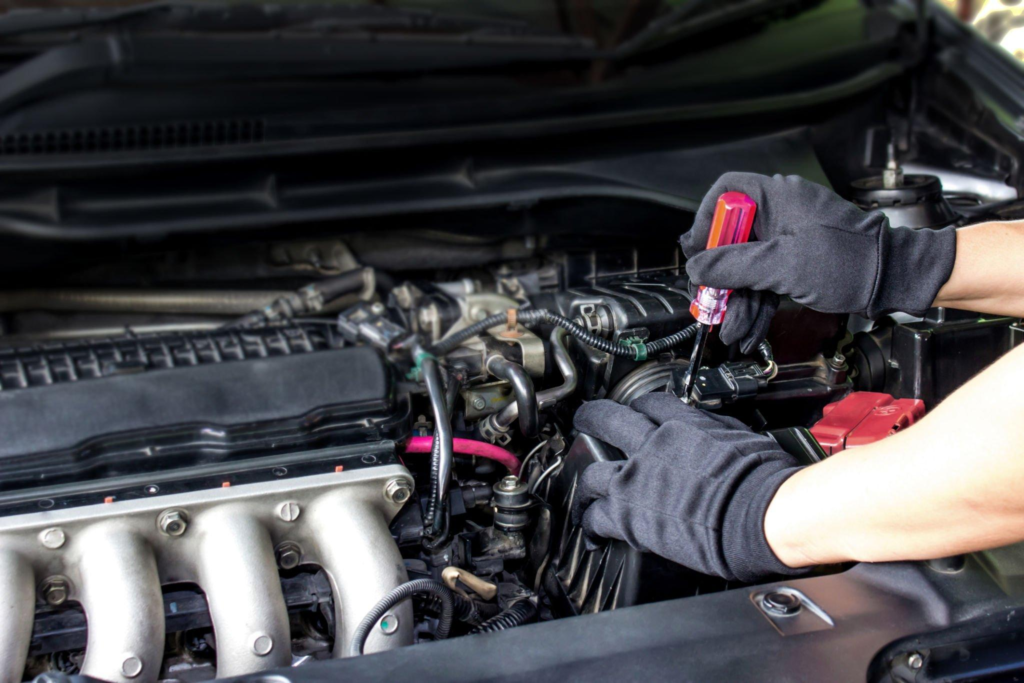
Now that you’ve replaced the oxygen sensor in your car, there are a few things you should do to ensure everything is working correctly. Here’s a step-by-step guide on what to do after replacing an oxygen sensor:
Clear the Error Code
After you’ve replaced the oxygen sensor, there may be an error code stored in the ECU. This is because the ECU detected a problem with the sensor before it was replaced. To clear the error code, you’ll need an OBD-II scanner.
- Connect the OBD-II scanner to the diagnostic port under the dashboard.
- Turn on the ignition but do not start the engine.
- Follow the instructions on the scanner to clear the error code.
Reset the Check Engine Light
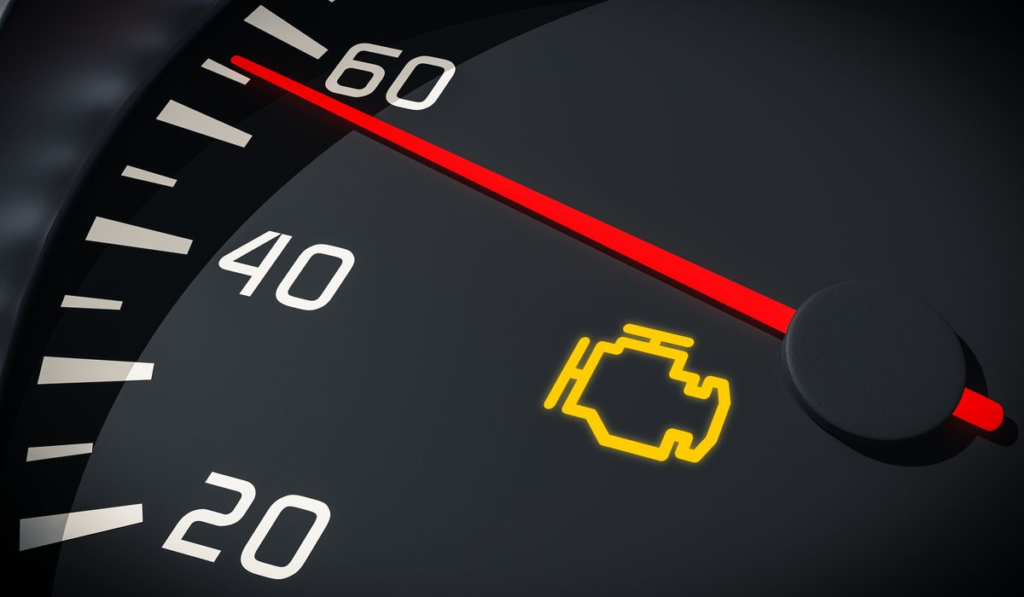
After you’ve cleared the error code, you’ll need to reset the check engine light. This is important because it will alert you if there are any further problems with the oxygen sensor or other components of the engine management system.
- Turn off the ignition.
- Disconnect the negative battery cable.
- Wait for at least 10 minutes.
- Reconnect the negative battery cable.
- Turn on the ignition but do not start the engine.
- Check that the check engine light is no longer illuminated.
Drive the Car
Once you’ve cleared the error code and reset the check engine light, it’s time to take your car for a test drive. This will give you a chance to make sure that the new oxygen sensor is working correctly and that there are no further issues with the engine management system.
- Start the engine and let it warm up.
- Drive the car for at least 10 minutes, including some highway driving if possible.
- Monitor the engine performance and check for any error codes or warning lights.
Common Problems After Replacing an Oxygen Sensor
While replacing an oxygen sensor is a relatively simple task, there are some common problems that can occur after the sensor has been replaced. Keep these things in mind:
- Error codes: Even after you’ve cleared the error code, there may still be a problem with the oxygen sensor or other components of the engine management system.
- Check engine light: If the check engine light comes back on after you’ve reset it, there may be a problem with the oxygen sensor or other components of the engine management system.
- Poor performance: If your car is still running rough, hesitating, or stalling, there may be a problem with the oxygen sensor or other components of the engine management system.
If you experience any of these problems after replacing the oxygen sensor, it’s important to take your car to a mechanic for further diagnosis and repair.
Frequently Asked Questions
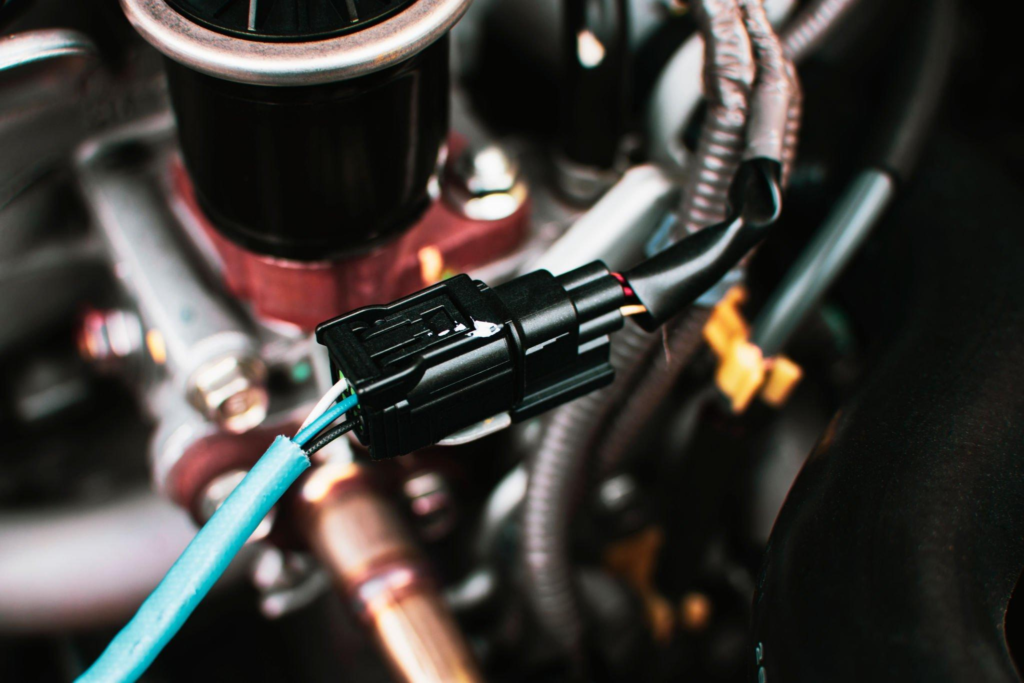
How often should I replace my oxygen sensor?
It’s recommended to replace your oxygen sensor every 60,000 to 100,000 miles.
Can I drive my car with a faulty oxygen sensor?
Yes, you can drive your car with a faulty oxygen sensor, but it’s not recommended. A faulty oxygen sensor can cause poor performance, reduced fuel efficiency, and increased emissions.
How much does it cost to replace an oxygen sensor?
The cost of replacing an oxygen sensor can vary depending on the make and model of your car and the location of the sensor. On average, the cost can range from $100 to $300.
Can I replace the oxygen sensor myself?
Yes, replacing an oxygen sensor is a relatively simple task that can be done by a DIY mechanic. However, it’s important to have the right tools and follow the manufacturer’s instructions carefully.
What are the indications of a malfunctioning oxygen sensor?
Symptoms of a faulty oxygen sensor can include a rough idle, hesitation, reduced fuel efficiency, increased emissions, and an illuminated check engine light.
Conclusion
Replacing an oxygen sensor is an important task that can help ensure proper combustion, improve fuel efficiency, and reduce harmful emissions. After you’ve replaced the sensor, it’s important to clear the error code, reset the check engine light, and take your car for a test drive. If you encounter any issues, it’s recommended to seek the assistance of a mechanic for a more thorough examination and repair.
If you’re interested in knowing why the brake and battery lights are on after replacing the alternator, you can learn more from – Why Brake and Battery Light On After Replacing Alternator?
You may also be interested in:
What If I Accidentally Put Premium Gas Into My Car?
How To Fix Car Beeping After Battery Change?
Toyota Oil Drain Plug Torque Specs- Tips And Tricks For A Smooth Oil Change
How To Bypass O2 Sensor On Ford F150?

